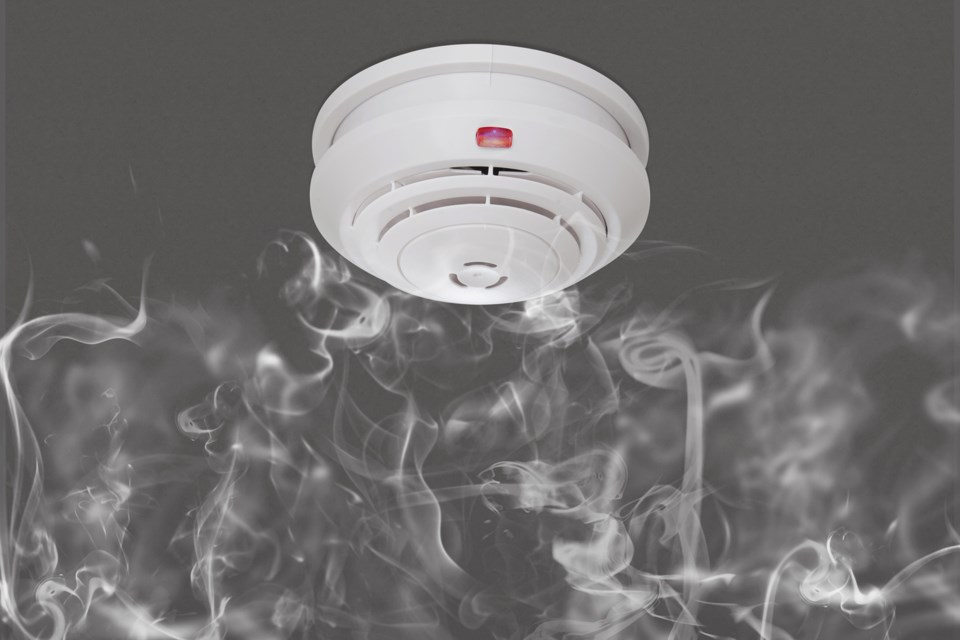ST. PAUL - In 2021, the St. Paul Fire Department responded to a number of automated smoke, fire and carbon monoxide alarms - but just one of those calls proved to be an actual emergency.
Regardless of the high number of false alarms, every call received by the fire department is dealt with as a true emergency, according to Fire Chief and Town of St. Paul Director of Protective Services Trevor Kotowich.
"When we respond to a fire alarm and it turns out that the call was a result of a non-emergency situation or faulty alarm system, we classify it as a false alarm. We treat every call we receive as a true emergency; until such time we can determine otherwise. We have found that most false fire alarms can be prevented by knowing how your system works, and proper maintenance of it," explains Kotowich.
With many home and businesses now having automated alarms. St. Paul Fire Services offered a reminder to residents and business owners of their responsibility to ensure systems are maintained.
"This means personal contact information in the event of an activation, including call-back numbers are up to date, along with any passcodes that you may require when the alarm monitoring company calls you," explains Kotowich.
When an automatic alarm is received by a monitoring company, the first step for the monitoring company is to contact the resident or owner of the property to confirm whether or not an emergency actually exists. If the contact does not answer, then the monitoring company automatically dispatches emergency crews to respond.
Within the Town of St. Paul, this means an automatic two-truck response. In the County of St. Paul, it means an automatic three-truck response.
There is also a financial cost for residents or businesses that have repeated false alarms within a 12-month period.
The St. Paul Fire Department has established a fee structure for false alarms that resets on Jan. 1 of each year. There is no charge for the first false alarm. A second false alarm carries a fee of $100; a third false alarm carries a fee of $200; and fourth and subsequent false alarms carry fees of $300.
When speaking to the 40 events that occurred in 2021, "More times than not, no one answered the phone when the monitoring company called," says Kotowich. Residents and owners were then surprised to see firetrucks arrive out their front door.
The St. Paul Fire Department encourages residents and business owners to help reduce the number of false fire alarms received by considering the following:
- Regular Maintenance – ensure systems are installed and properly functioning. Notify the alarm company before testing or repairing the system. At home, use a vacuum cleaner to clean smoke detectors.
- Contact Information – ensure the alarm monitoring company has the correct contact information. It is a resident's responsibility to know the passcode when asked.
- Plan – If any work or renovations are being done that may produce a significant amount of dust, there is a good chance a smoke detector will be activated. If the alarm is tied to an alarm monitoring company, contact them before doing work.



